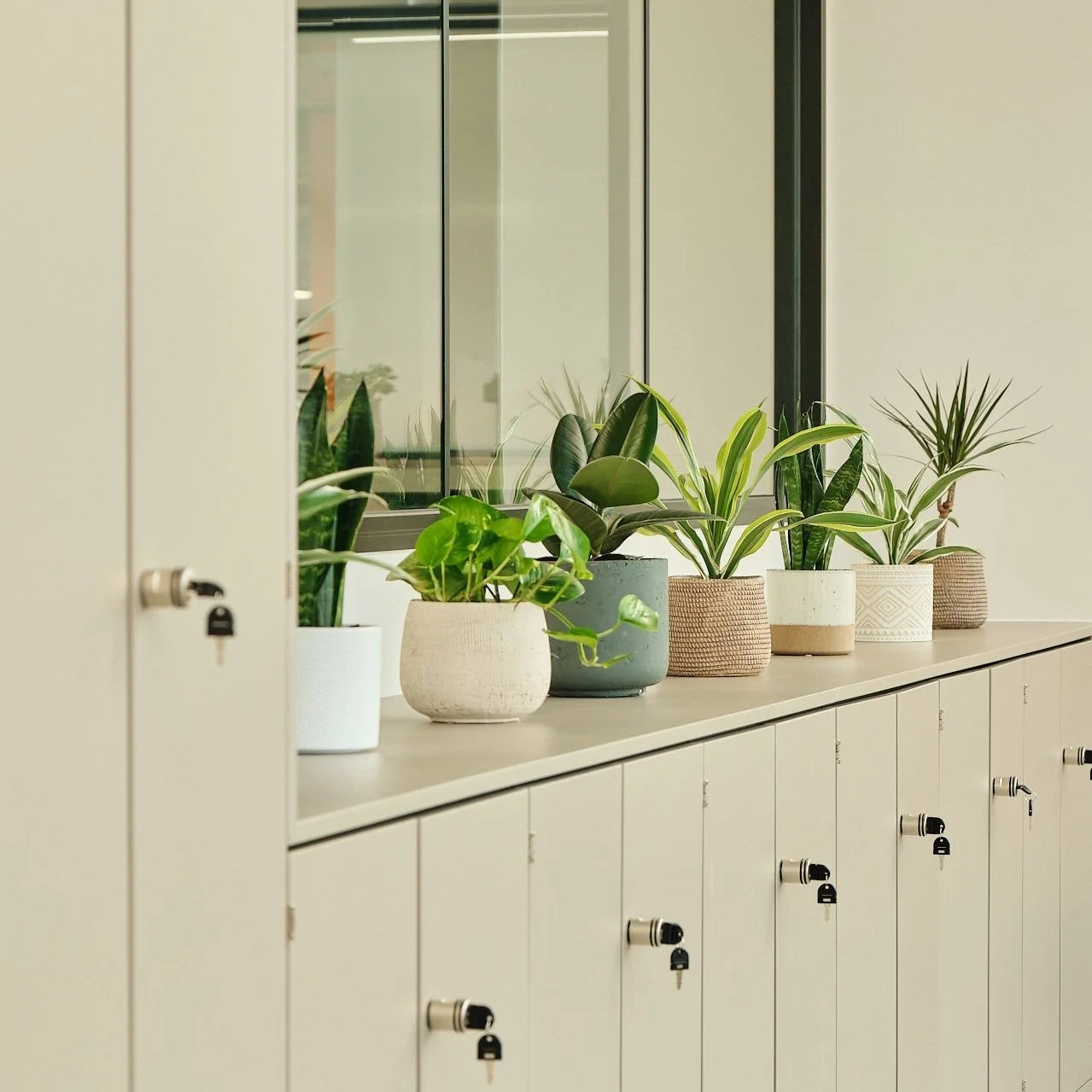During the Winter season, it’s time to adjust your houseplant care routine to ensure your leafy companions stay healthy and happy. The colder months bring reduced light levels and lower temperatures, which can challenge even the most seasoned plants. But don’t worry – we’ve got you covered with tips to help your indoor plants thrive this season.
1. Reduce your watering routine
During Winter, plants need less water due to lower temperatures and reduced sunlight. Overwatering can lead to root rot, as excess water clogs the soil and damage plant health. To avoid this, adjust your watering schedule.
Top tip: Before watering, check the soil’s moisture by poking your finger about an inch into the potting mix. If it feels dry, water thoroughly. If it’s still moist, wait a few days and check again.
2. Pause the fertilisers
Winter is a time of rest for most houseplants. Their growth slows down, and they don’t require as many nutrients. Fertilising during this period can overstimulate plants, leading to weak growth. Excess fertiliser in the soil that isn’t used can also burn the roots.
Best practice: Hold off on fertilisers until spring, when your plants naturally enter their active growing phase.
3. Don’t worry about a few dropped leaves
It’s normal for plants to shed a few leaves in winter. This is their way of adjusting to lower light levels and conserving energy. Resist the urge the overwater or feed them to compensate.
Relax: Let your plants rest -they’re simply preparing for their springtime growth spurt.
4. Avoid temperature extremes
Houseplants are sensitive to sudden temperature changes. Cold drafts, hot radiators, and air vents can stress your plants, causing wilting or browning leaves.
Placement matters: Keep plants in a stable environment, away from extreme heat or cold.
5. Keep an eye out for pests
Winter can sometimes bring unwelcome visitors in the form of tiny pests. Regularly inspect your plants for signs of bugs by turning over leaves and checking stems.
Quick fix: If you spot pests, wipe them off gently with a cloth or treat them with an appropriate plant safe solution.
6. Strategic plant placement
Shorter days mean less sunlight, so it’s important to position your plants where they can get the light they need. Rotate your plants weekly to ensure all sides receive equal exposure to natural light.
Pro tip: Pay attention to each plant’s specific light requirements and adjust their placement accordingly.








